Mauritius is one of our favourite beach destinations but, as one of Kuoni's travel experts discovered, there’s much more to this Indian Ocean island…
There’s no denying it, Mauritius has some of the most beautiful beaches I’ve seen, but what surprised me was how much more it had to offer. For a relatively small island (you can drive from north to south in just a couple of hours), there is so much to see and do and the landscapes change dramatically. The south is lush and mountainous and home to the mighty Le Morne Brabant. With the airport also located in the south, my face was pressed firmly against the plane window as we approached, excitedly awaiting my first glimpse of the mountain.
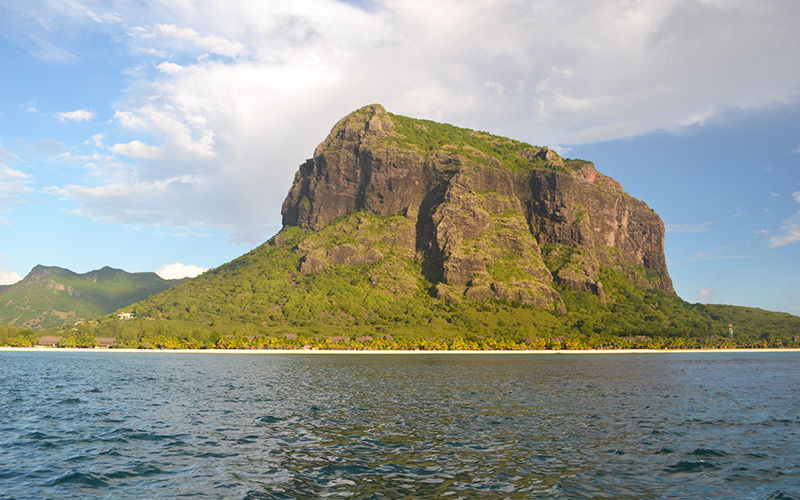
And the next morning I was climbing that very mountain at 6am for sunrise. The hike takes about 3 hours and is easy up until the first viewpoint which offers up panoramic views. The second half is challenging and is more of a climb up steep rocks than a hike. It’s well worth it for the incredible views at the top but is advisable to use a guide. At the top we took time to reflect on the tragic history that this memorial represents. During the 18th and early 19th century Le Morne provided shelter to escaped slaves, and in 1834 when the British passed the Slavery Abolition Act, it is said that when officials went to let those seeking refuge know, hundreds threw themselves off Le Morne from fear of being recaptured. It’s a UNESCO World Heritage Site and a symbol of the suffering, sacrifice and eventual freedom for slaves.
An island of many religions
Like the languages in Mauritius, the religions are varied and all live peacefully on the island together. Roman Catholic, Hindu, Buddhist, Islam originating from the range of ethnicities that came to settle on the island over centuries and this makes for a number of religious sites to visit. Mahendranath Temple in Triolet village is the largest Hindu temple on Mauritius. Around half the population of Mauritius are of Hindu faith, being introduced with Indian labourers brought over after the slave trade ended. The Red Roof Chapel of Cap Malheureux is a lovely spot to visit with views out to Coin de Mire– the island the British used to conceal their invasion of the French in 1810.
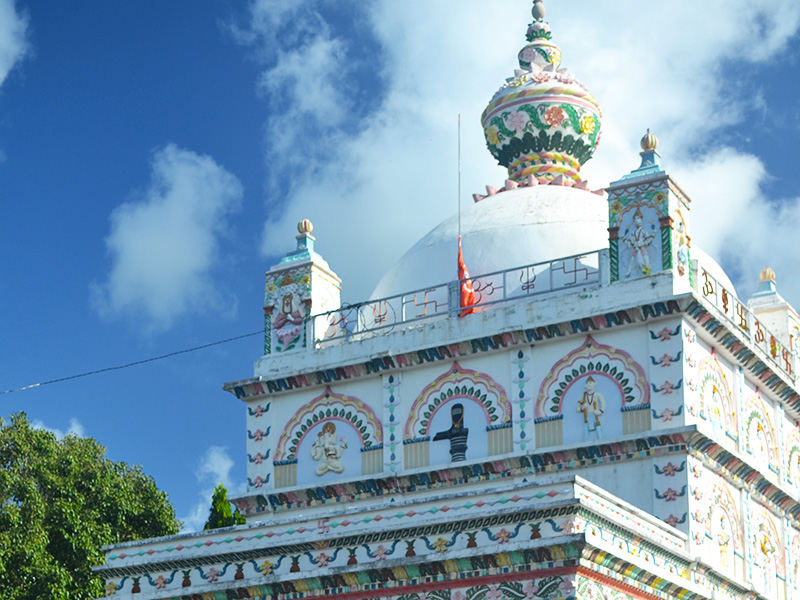
Sailing the east coast
Cruising by catamaran is a must in Mauritius and this time we were admiring the east coast of the island. The scenery is spectacular with the colour of the sea as green as the mountainous backdrop. We set sail from Trou d’Eau Douce towards the Grand River where we changed to a smaller boat to approach the waterfall up stream. Once back on board our catamaran there was also stops for snorkelling and lunch. After all the excitement of seeing monkeys at the waterfall and a delicious BBQ lunch, relaxing on deck with a cocktail in hand watching Mauritius drift by was just amazing.
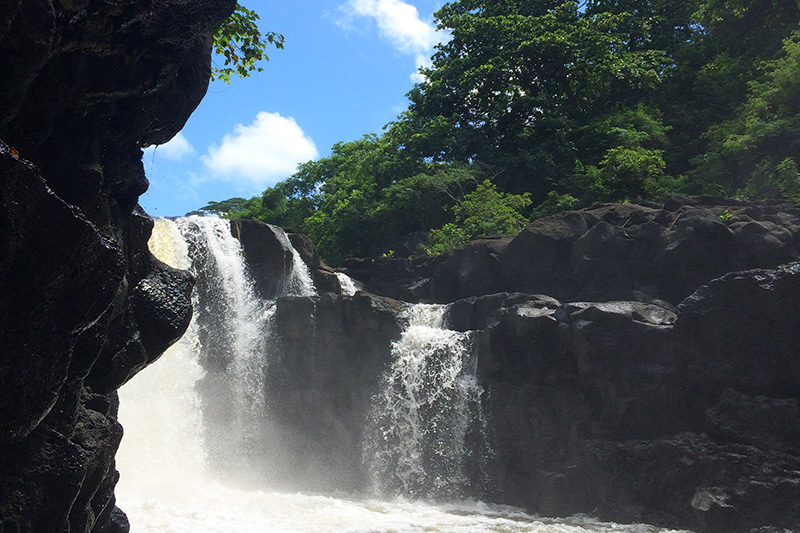
Food glorious food
We stayed at Ravenala Attitude, a hotel that prides itself on its culinary experiences. And it didn’t disappoint. We dined at Kot Nou for an Otentik Dinner where we had a brief class in cooking our own Mauritian curry. Ravenala also offers the opportunity to dine at a local Mauritian’s house for a truly authentic experience and the chance to mingle with locals. For lunch or a light snack, you can eat at Taba-j – a street food concept that is named after the small tin huts that are famous for selling Mauritian street food. Or you can venture outside the resort to try the real Mauritian street food! I can highly recommend the dim sum, dholl pori, chana puri, samosa, pineapple served with chilli powder and tamarind…pretty much everything I tried, I loved.
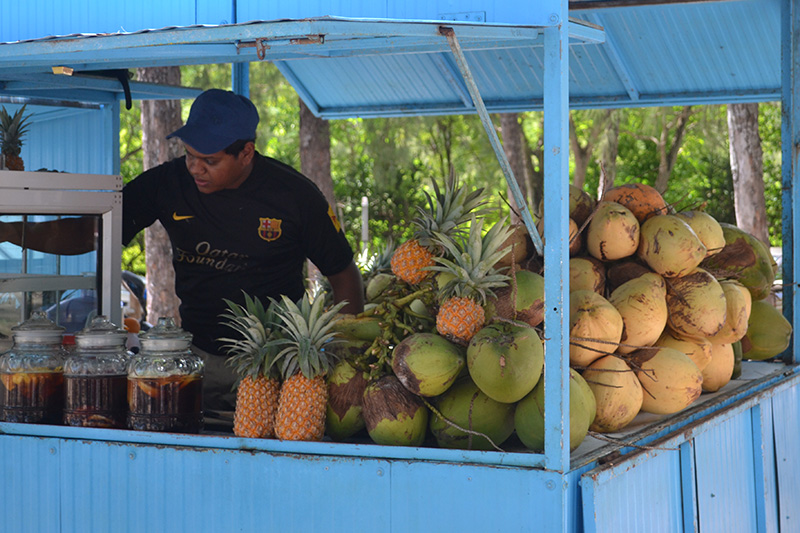
And not forgetting the rum…
A shot or two or three…of Mauritian rum is unforgettable and comes in a variety of flavours including coffee, coconut (my personal favourite), chilli, mandarin and lychee. Sugar Cane was introduced to the island by the Dutch in the 17th century and when the British colonised Mauritius, they planted even more sugar cane and shipped sugar throughout the British Commonwealth. It wasn’t until 2006 - when a ban on producing rum from pure sugarcane juice was lifted - that rum production really took off. We visited Rhumerie de Chamarel - one of the working rum distilleries for a tasting tour.
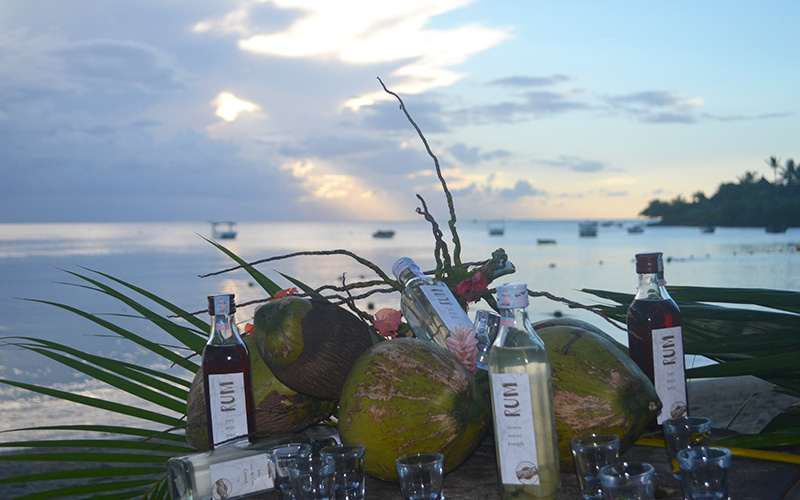
Chamarel Seven Coloured Earth
The sand dunes of Seven Coloured Earth is a geological wonder made up of mineral clay formed from basaltic lava. The seven colours form striking patterns and it is said that if you mixed the coloured earth together it would separate naturally into groups as it has done here. It was striking as the different colours were caught by the sunlight.
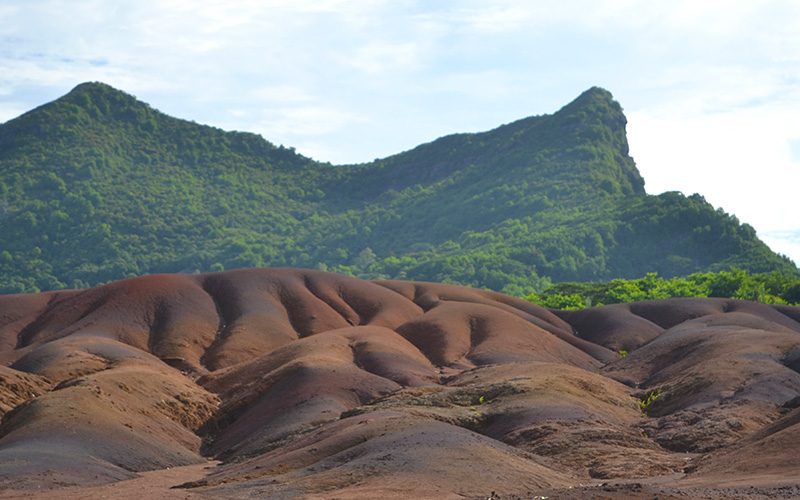
Botanical gardens
The Pamplemousses Botanical Garden is one of the best botanical gardens in the world and is famous for its important collection of exotic and indigenous plants such as the giant water lilies. Strolling round the tranquil gardens was lovely, while learning about the different varieties of palm tree.
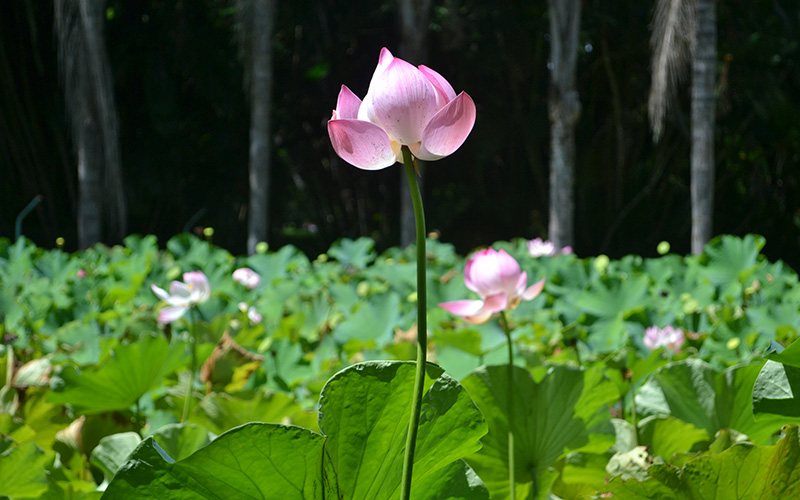
Inspired?
If you are ready to plan a Mauritius escape to look forward to, browse our Indian Ocean brochure, visit our Travel Guide or chat to a Personal Travel Expert who can share their experiences and recommendations with you.
This feature was updated on 18th November 2024. The information within this feature is correct to the best of our knowledge at the time of print.

_w=24_h=25.png?v=11cbf9448902371bca1085014eba9ac82a696589)
_w=24_h=25.png?v=11cbf9448902371bca1085014eba9ac82a696589)
_w=24_h=25.png?v=11cbf9448902371bca1085014eba9ac82a696589)
